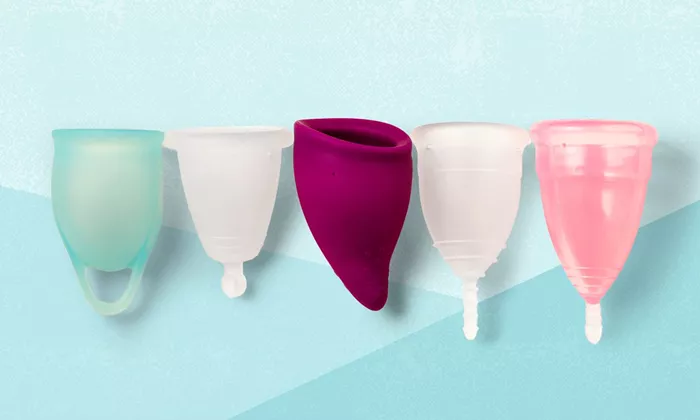Menstrual cups are gaining popularity as a sustainable option for managing periods. However, experts are reminding users of the importance of proper use following a recent case study.
A report published in BMJ this month details the case of a Danish woman in her 30s who sought medical help for consistent pain in her lower abdomen and blood in her urine. She had been experiencing these symptoms weekly for six months, each episode lasting about an hour. After conducting tests and scans, doctors discovered that her menstrual cup had been the cause. They advised her to stop using it, and within a month, her symptoms disappeared.
Dr. Clara Maarup Prip, a urologist at Aarhus University Hospital, explained that the cup was positioned incorrectly, pressing on the ureter, the tube that connects the kidneys to the bladder. This caused a blockage that disrupted the flow of urine and led to inflammation.
Though this complication is rare, Dr. Jillian LoPiano, OB/GYN and Chief Health Officer at Wisp, highlighted that such cases are extremely uncommon. She explained that several factors—such as the cup’s size, the insertion position, and the individual’s anatomy—must align for this issue to occur.
Despite the rarity, experts stress the importance of proper placement and awareness of potential complications. “We need more awareness among users and healthcare providers about the risks and symptoms of incorrect use, as well as the need to choose the right size and shape,” said Dr. Prip.
What Is a Menstrual Cup?
A menstrual cup is a small, flexible device made from medical-grade silicone or thermoplastic elastomers (TPE). It is inserted into the vaginal canal to collect menstrual blood, much like a tampon. The cup creates a small suction to prevent leaks.
Users can wear menstrual cups for up to 12 hours before needing to empty, clean, and reinsert them. Many are designed for long-term use, with some lasting up to a decade. Disposable options are also available.
Recent studies show that 19% of people who menstruate use menstrual cups, primarily individuals in their 20s and 30s. However, use rates vary by region, with the U.S. seeing about 10% usage, while countries like Brazil report higher rates.
Despite growing popularity, menstrual cups are not as commonly used as pads or tampons due to certain challenges. For example, using a cup in public restrooms can be difficult because it requires rinsing and cleaning before reinsertion.
“Proper cleaning is essential to prevent bacterial buildup,” warns the Alliance for Period Supplies. “Access to clean water and a mild soap or specialized cleaner is necessary.”
People with intrauterine devices (IUDs) should consult with their doctor before using menstrual cups, as there is a rare risk of dislodging the IUD.
Although complications are rare, some users may experience infections, pain, leaks, or allergic reactions. It’s important to follow the correct usage guidelines to minimize risks.
How to Correctly Place a Menstrual Cup
Research has shown that many people struggle to choose the right menstrual cup or use it properly. A 2021 study in the U.K. found no clear correlation between a cup’s size, shape, and its fit, making it difficult for users to select the right one. For personalized advice, it’s best to consult with a gynecologist.
Once you’ve selected a cup, proper insertion is key. It may take some practice, as one in four women report issues when using a cup for the first time. However, most women become comfortable with it after a few cycles.
To insert a menstrual cup, wash your hands first. Then fold the cup—many use a C-fold, where the cup is folded in half to form a “C” shape. There are other folding techniques too, such as the 7-shape or half-diamond fold.
The cup should sit just below your cervix, lower than a tampon, but it shouldn’t be noticeable or uncomfortable. Once in place, the cup will open and create a slight suction against the vaginal walls.
When removing the cup, press the sides to release the suction, then slowly pull it out. Empty the blood into the toilet or sink, rinse the cup thoroughly, and you’re ready to reinsert it.
While menstrual cups are an effective period management tool for many, the best option depends on individual needs and preferences. If a product causes discomfort, it’s important to consult with an OB/GYN to find the right solution.
Read more:
- 5 Types of People Who Can Benefit from HRT for Heavy Menstrual Flow
- What Is The Menstrual Cycle: Phases & Length
- 9 Self-Care Habits That Ease Premenstrual Syndrome


